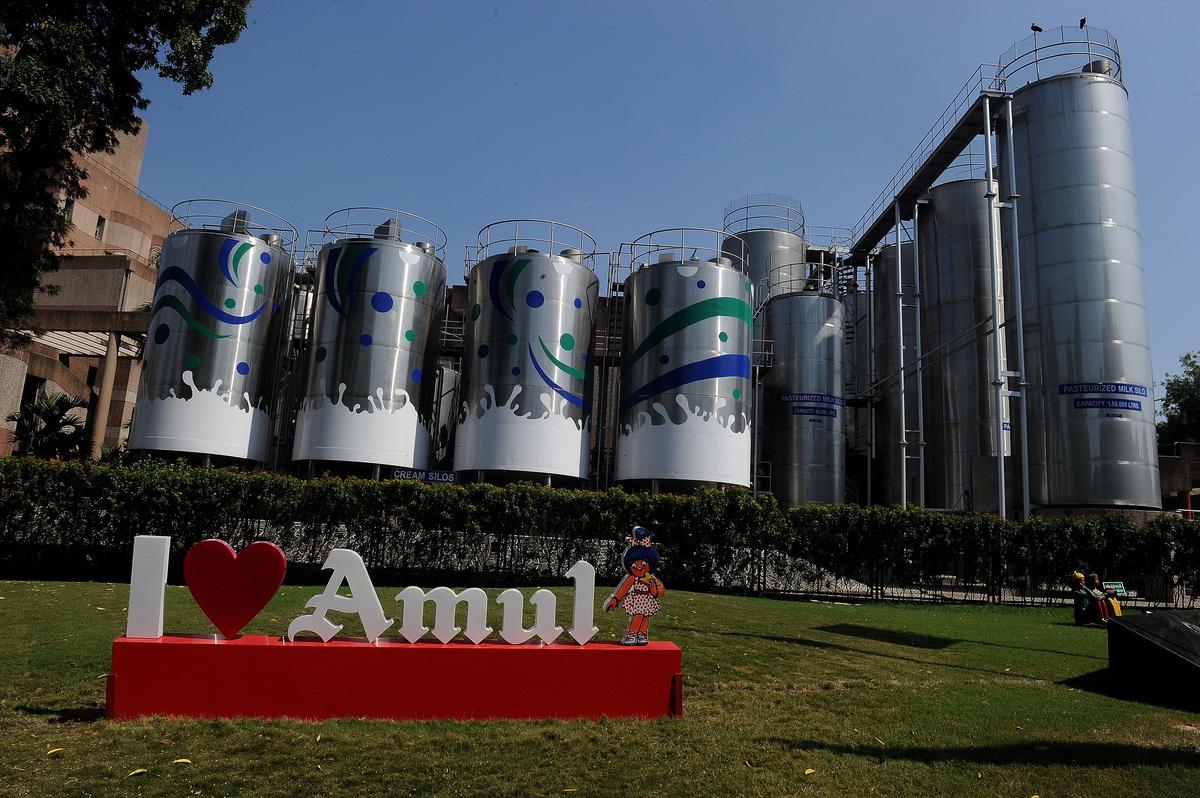In the competitive realm of the dairy industry, Amul Dairy has emerged as a formidable player, showcasing the potential of a cooperative entity to outperform its corporate counterparts. Here are ten ways in which Amul has proven that a cooperative giant can give peer corporates a run for their money:
1. Collective Decision-Making:
Amul’s cooperative structure fosters quick and collective decision-making. This agility allows them to adapt swiftly to market changes, staying ahead of the curve compared to their more bureaucratic corporate peers.
2. Member Empowerment:
The cooperative model empowers its members, instilling a sense of ownership and shared responsibility. This not only boosts morale but also translates into a workforce that is more committed and engaged.
3. Vertical Integration Mastery:
Amul’s control over its entire supply chain, from dairy farms to processing units and distribution, ensures seamless operations. This integration results in cost-efficiency, enabling Amul to offer competitive prices without compromising on quality.
4. Innovation at the Core:
Unlike some corporate entities, Amul embraces innovation at its core. The cooperative culture encourages experimentation and the adoption of new technologies, helping them stay at the forefront of industry trends.
5. Community Connect:
Amul has successfully fostered strong connections with the local community. This not only enhances its brand image but also creates a loyal customer base that identifies with the cooperative’s values.
6. Adaptability to Market Trends:
The cooperative structure allows Amul to be more adaptive to changing market trends. They can swiftly modify strategies and product lines based on consumer preferences, giving them a competitive edge.
7. Social Responsibility Commitment:
Amul’s cooperative ethos extends to social responsibility. Their commitment to sustainable practices and community development resonates positively with consumers, differentiating them from some profit-centric corporate entities.
8. Risk Distribution:
The cooperative model distributes risks among its members, providing a safety net during challenging times. This risk-sharing mechanism allows Amul to navigate uncertainties more effectively.
9. Brand Loyalty:
Amul has built strong brand loyalty over the years. The cooperative’s focus on delivering consistent quality and its connection with consumers on a personal level contribute significantly to this loyalty.
10. Market Expansion Strategies:
Amul’s cooperative model has facilitated strategic market expansions. Their approach to entering new territories is often well-calibrated, allowing them to establish a presence and compete with corporate giants efficiently.
In conclusion, Amul Dairy stands as a shining example of how a cooperative entity can not only compete but excel in the corporate-dominated dairy industry. The combination of collective decision-making, innovation, and community-centric values positions Amul as a force to be reckoned with, proving that cooperative giants have what it takes to give their corporate counterparts a formidable challenge.














